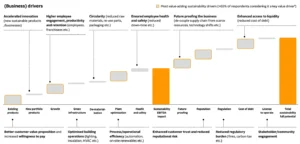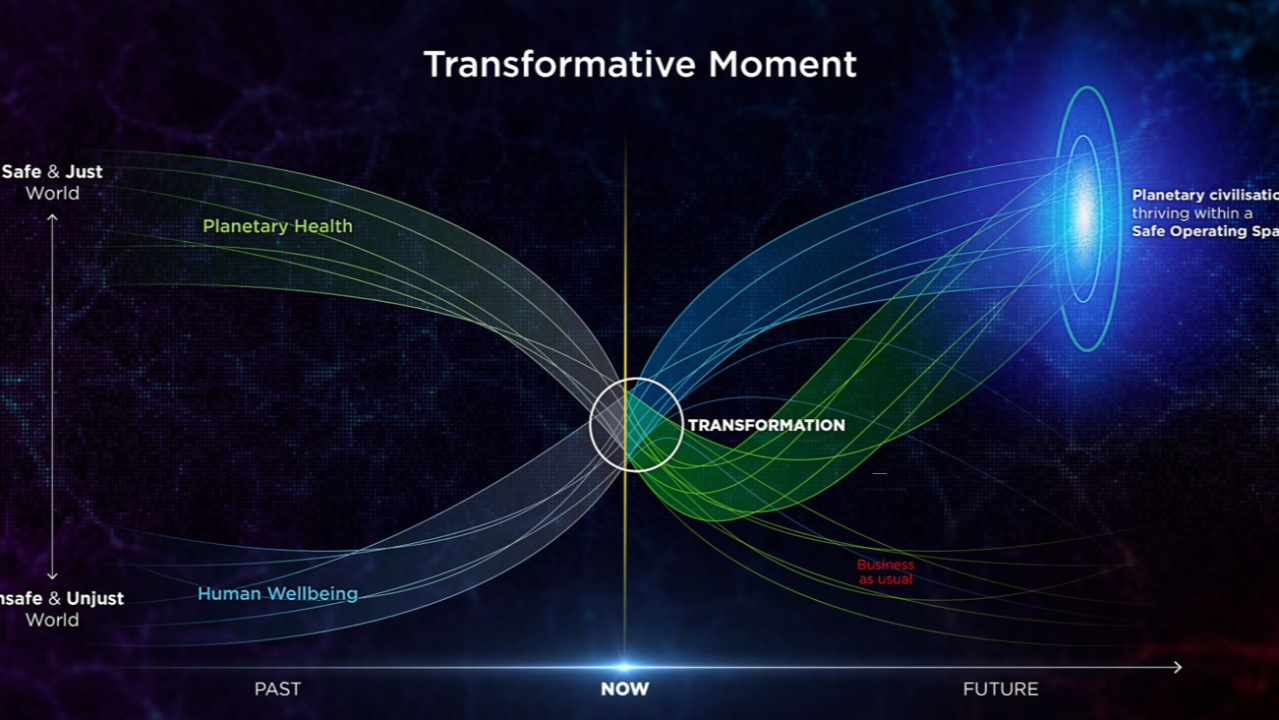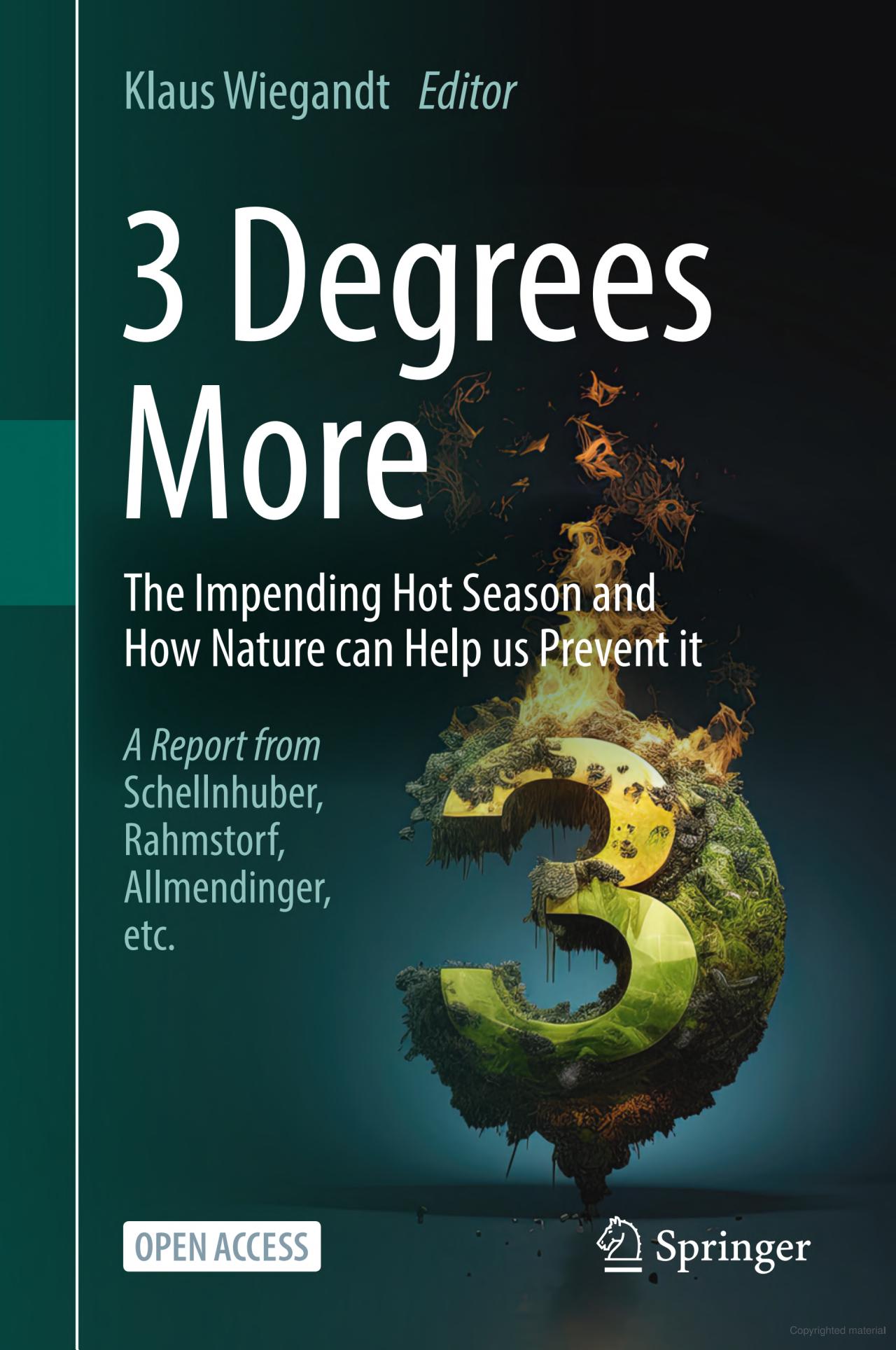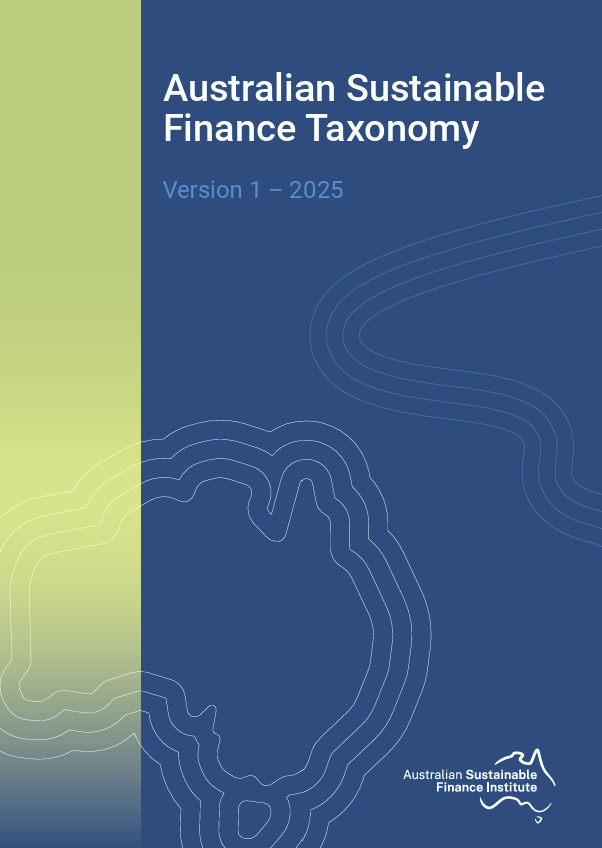
Best of July 2025: Sustainable Finance Reads
A curated roundup of July 2025’s best articles on sustainability, climate, and market trends from leading industry voices.
AUTHORS

Each month, we gather standout articles from our favorite writers—insightful, thought-provoking, and worth your time. This curated selection brings together the most engaging ideas, timely analyses, and fresh perspectives published over the past month, so you can catch up on what mattered most.
Photo by Michael Olsen on Unsplash

Top 10 Sustainability Markers – July 2025
By Terence Jeyaretnam
After a six-month hiatus, Terence Jeyaretnam returns with his signature “Sustainability Markers” column, scanning the most consequential ESG and climate developments from February to July 2025. This edition covers everything from 2024’s record-breaking global heat and ocean acidification breaching planetary boundaries, to the shift in global investor language from “ESG” to “resilience.” It highlights major legal milestones—including the International Court of Justice’s climate ruling, a NSW court’s rejection of a major coal expansion, and Australia’s ASIC enforcing mandatory climate disclosures. The piece also tracks Australia’s post-election climate mandate, the launch of a AU$1 billion Green Iron Fund for industrial decarbonisation, and the EU’s push for biodiversity “nature credits.” Jeyaretnam doesn’t shy away from the more challenging signals—corporate retreats on DEI, U.S. rollbacks under Trump, and landmark greenwashing litigation—while noting areas of hope in regenerative business models and global net-zero commitments. The result is a panoramic snapshot of a turbulent but defining half-year for sustainability.

Everything on the Table: A Few Thoughts on Sustainability
By Simon Rebbechi
Simon Rebbechi’s wide-ranging July update blends sharp market analysis with sustainability insights, anchored by the UN PRI’s new Sustainability Value Creation in Private Markets report. He explores the persistent challenge of deal team buy-in, the mounting strain of U.S. electricity price inflation driven by sluggish transmission buildout, and the climate-linked pressures on global food costs. Alongside critiques of “willful blindness” among high-carbon high-wealth groups, he highlights controversial opportunities in GMO crop innovation, behavioral nudges for plant-based diets, and breakthrough geothermal drilling technology. Rebbechi closes on a note of optimism with Ember’s data showing unprecedented potential for electrification across transport and heating, a reminder that while challenges are mounting, so too are the tools to address them.





